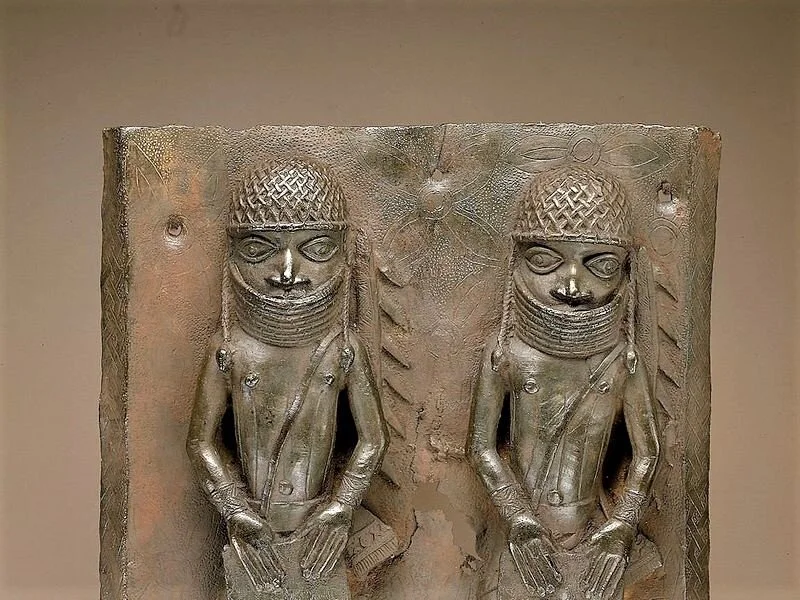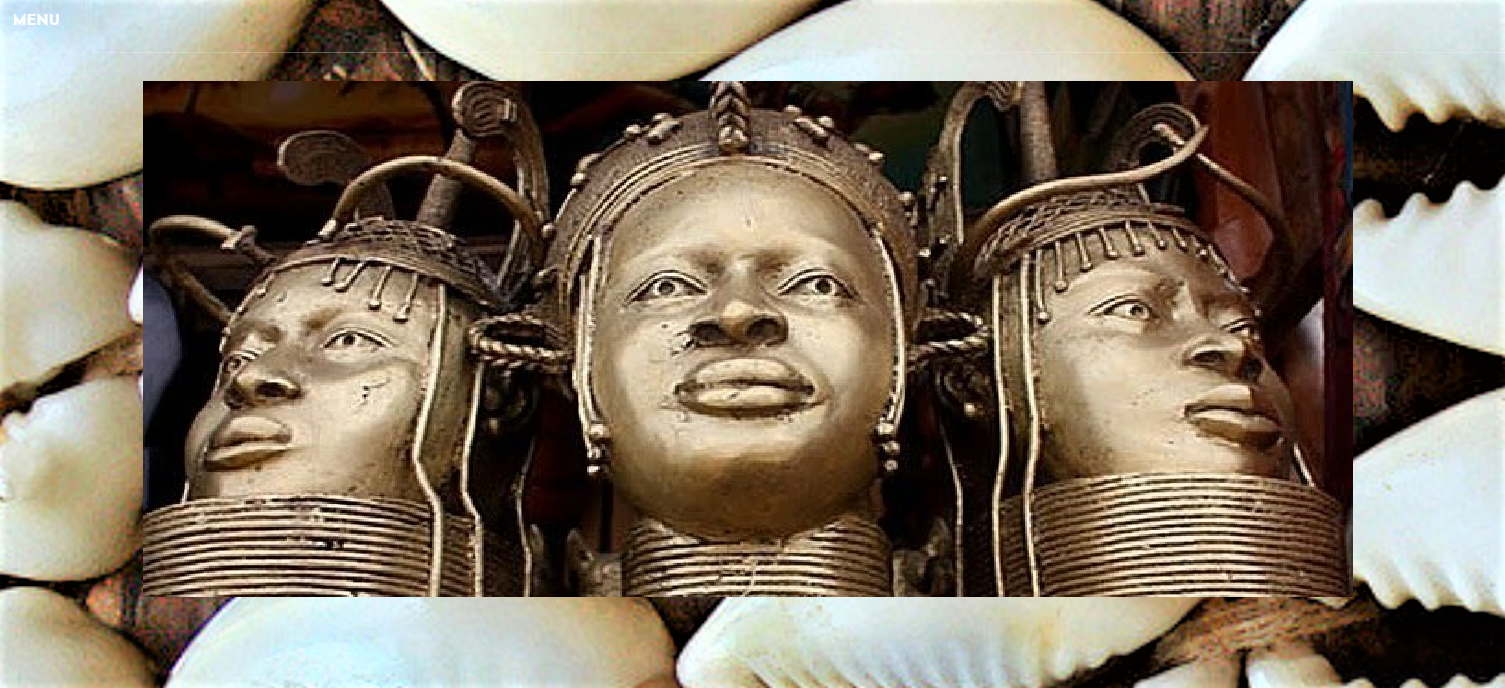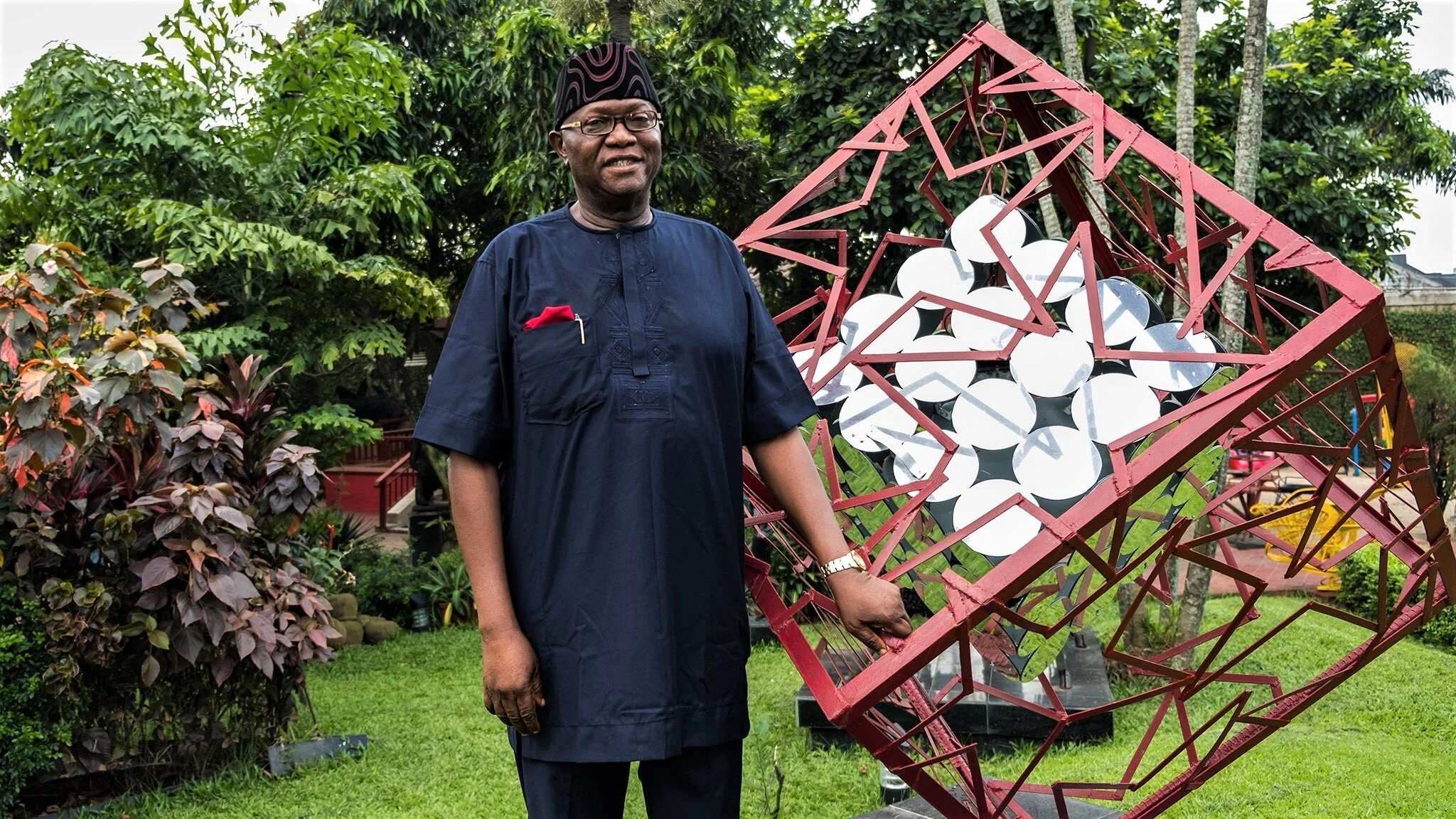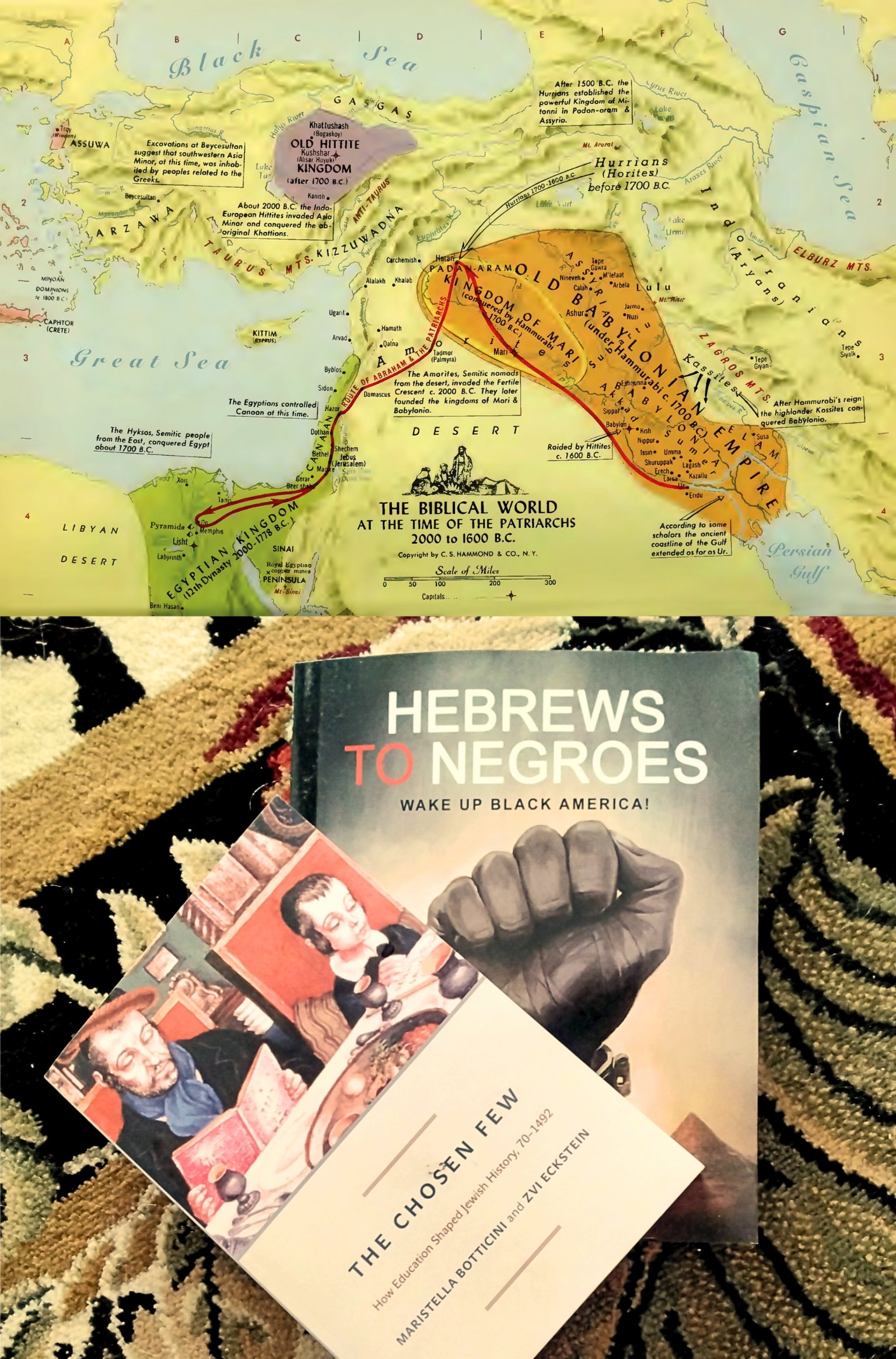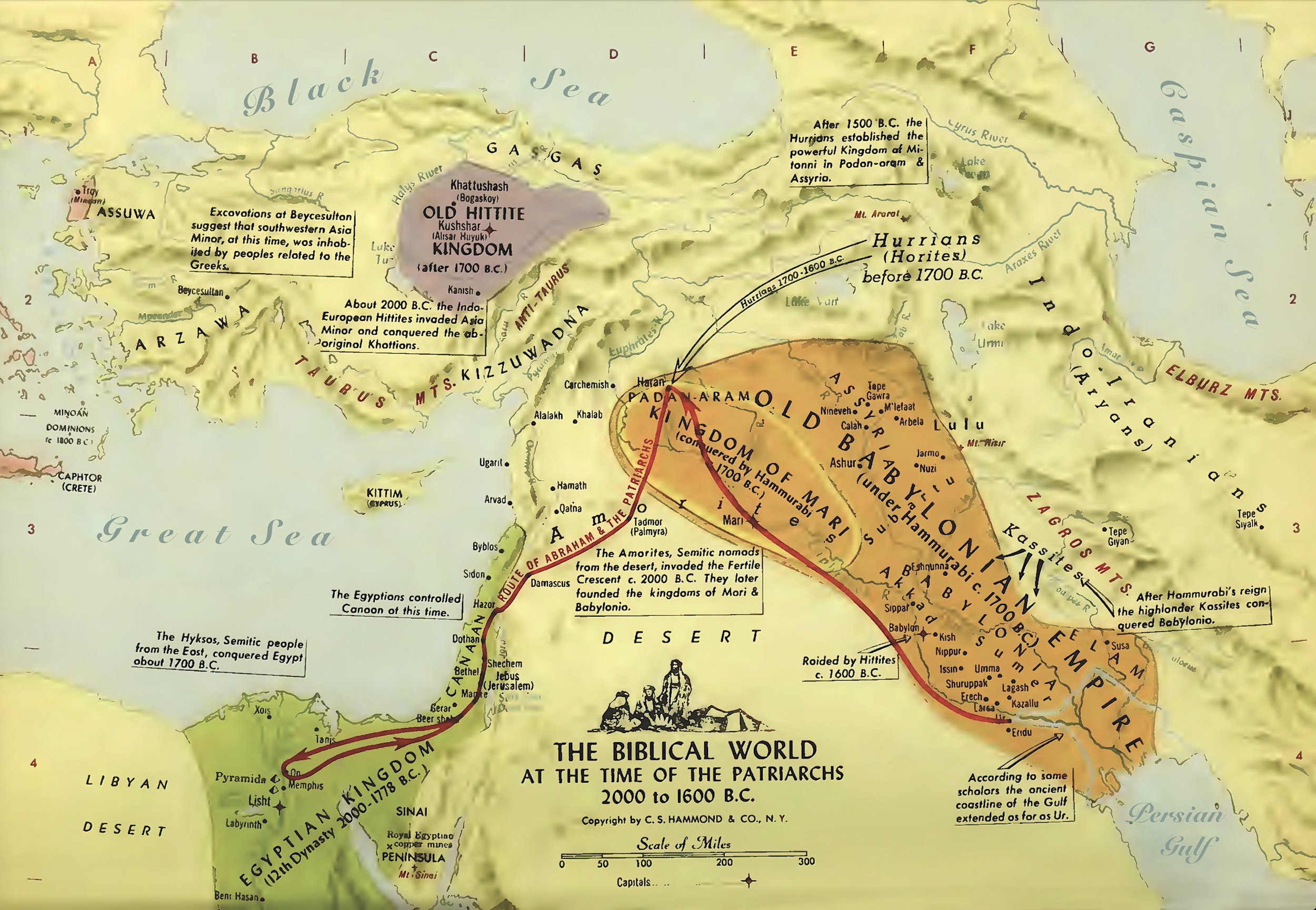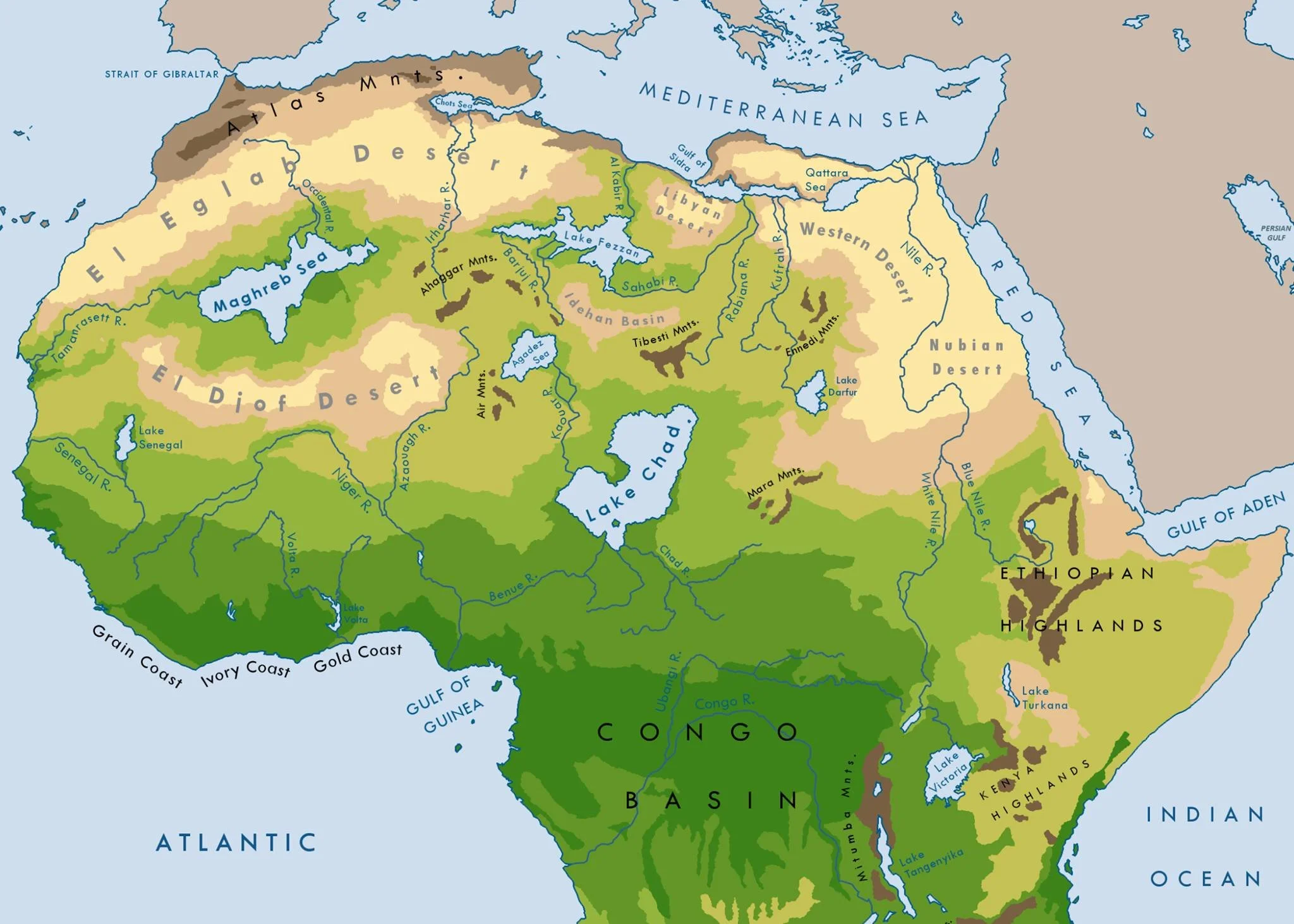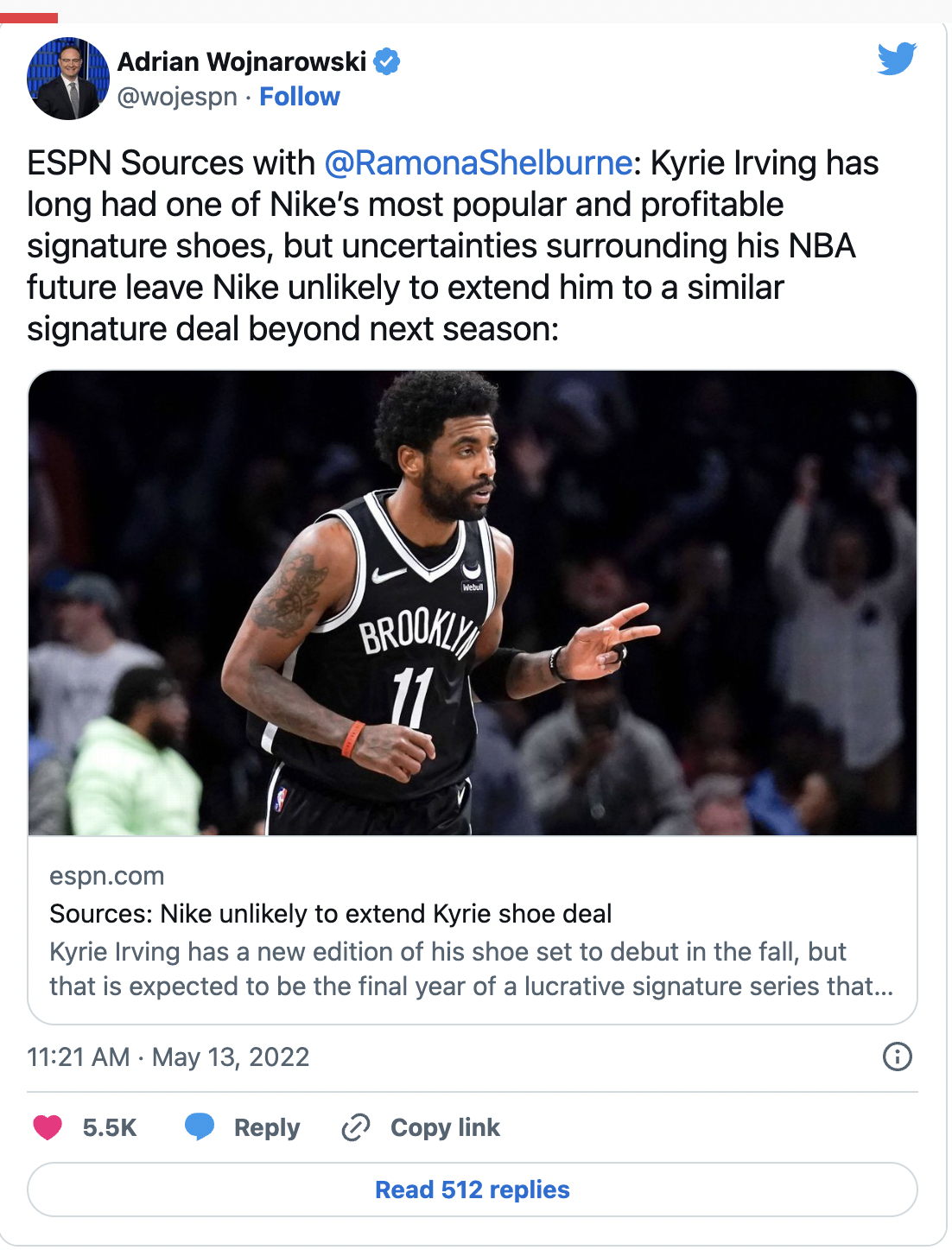As African Art Thrives, Museums Grapple With Legacy of Colonialism
/By Nina Kravinsky. First published by The Smithsonian
In 1897, 1,200 British troops captured and burned Benin City. It marked the end of independence for the Kingdom of Benin, which was in the modern-day Edo state in southern Nigeria. In addition to razing the city, British troops looted thousands of pieces of priceless and culturally significant art, known as the Benin bronzes.
More than a century later, the museums that house these pieces are grappling with the legacy of colonialism. Leaders in Africa have continued their call to get the Benin bronzes and other works of art taken by colonists back, at the same time as new museums open up across Africa. (In 2017, the Smithsonian's National Museum of African Art organized its first traveling exhibition in Africa showcasing the work of the Nigerian photographer Chief S. O. Alonge. The show, catalogue and educational program were organized and produced in partnership with Nigeria's national museum in Benin City. Alonge was the official photographer to the Royal Court of Benin.)
The British Museum, which has the largest collection of Benin bronzes, is in communication with Nigeria about returning the bronzes. They’re waiting for the completion of the Benin Royal Museum, a project planned for Benin City. Edo state officials recently tapped architect David Adjaye, who designed the National Museum of African American History and Culture, to do a feasibility study on the site.
Additionally, Nigeria’s first privately funded university museum opened at the Pan-Atlantic University east of Lagos in October thanks to a large donation from Yoruba Prince Yemisi Shyllon, Smithsonian’s Charlotte Ashamu pointed out at a panel on the problems facing Africa’s museum sector last month.
Ashamu grew up in Lagos and is now an associate director at the African Art Museum. The panel was part of a Global Consortium for the Preservation of Cultural Heritage symposium co-hosted by Yale University and the Smithsonian Institution and organized by the Smithsonian Center for Folklife and Cultural Heritage. Ashamu says the opening of new museums in Africa, like Shyllon’s, is of significant importance.
“It’s changing the narrative that I hear often in the United States, and that’s the narrative that Africans can’t pay or don’t have resources to support their own cultural sector,” Ashamu says. “There are plenty of resources. There is wealth, and it is being invested in the museum and cultural sector.”
Ashamu says Shyllon’s museum is just one example of many new, similar projects across Africa where personal wealth is being invested in the arts.
But Athman Hussein, the assistant director of the National Museums of Kenya, says that private investments alone won’t get many of the public museums in Kenya to the place they need to be to handle large collections of repatriated objects.
He says a lack of funding from the state has made it hard to even keep lights and air conditioning on in some museums.
“You cannot sugar-coat issues,” Hussein says. “If you go to a doctor, or in this case a consortium . . . you have to speak to what is ailing.”
Phantasmagoria: Prince Yemisi Shyllon stands beside a piece of artwork by Ahmed Akinrinola in his Lagos garden © Adeola Olagunju for the FT
Plus, Hussein says there are other obstacles facing the continent’s cultural heritage sector, like security. He says in Kenya, increasing security threats mean dwindling tourism numbers, which further impacts attendance at museums. Several panelists at the event expressed the importance of not sticking solely to traditional, Western models of museums. Ashamu says African museums need to start looking into “innovative business models.”
That’s just what Uganda’s Kampala Biennale is aiming to do. The group pairs emerging Ugandan artists with experienced artists for mentorships to empower and teach a new generation of artists in the country. They also host arts festivals around Uganda.
The Biennale’s director, Daudi Karungi, says that the idea of brick-and-mortar museums are less important to him than arts education and creating culturally relevant spaces for art and history. In fact, he says the museum of the future he’d like to see in Uganda wouldn’t look much like what museum-goers in the West are used to.
“Our museum, if it ever happens … it will be one of free entrance, it’ll have no opening or closing times, the community where it is will be the guides and the keepers of the objects, it should be in rooms, outdoors, in homes, on the streets,” Karungi says. “It should not be called a museum, because of course a museum is what we know. So this new thing has to be something else.”
The Smithsonian Institution is also exploring new ways to get objects back into the communities they come from. For example, the National Museum of Natural History’s Repatriation Office teamed up with the Tlingit Kiks.ádi clan in Southeast Alaska to create a reproduction of a sacred hat that had entered the museum's collections in 1884 but was too badly broken to be worn in clan ceremonies. The 3-D hat, dedicated in a ceremony earlier this fall, represented a new form of cultural restoration using digitization and replication technology to go beyond restoration.
Michael Atwood Mason, director of the Smithsonian Folklife and Cultural Heritage, points out that the University of British Columbia's Museum of Anthropology is also making short-term loans so pieces of indigenous art can spend time closer to the communities where they’re from.
“Many of us recognize that there is a historical imbalance in relationships, and we’re seeking ways to ameliorate that,” Mason says.
“There is a huge territory for us to explore in terms of potential collaboration,” says Gus Casely-Hayford, director of the African Art Museum. But for now, he says their first goal is on other kinds of partnerships to benefit Africa’s museum sector, like conservation and curation training.
Some panelists say it might be a long road for many of Africa’s museums before they’re ready to get back some of the larger or more delicate collections. Casely-Hayford says one Smithsonian study found that the vast majority of museums in Africa don’t feel they have the resources to tell their own stories in the way they’d like.
But Casely-Hayford, who recently announced he is leaving the Smithsonian to head the Victoria & Albert East in London, says going down that road is crucial for the future.
“Culture is essentially defining what we are, where we’ve been and where we might be going,” he says. “And I just think in Africa, the continent in this very moment is on the cusp of true greatness. Culture must be absolutely part of its nations’ narratives.”
